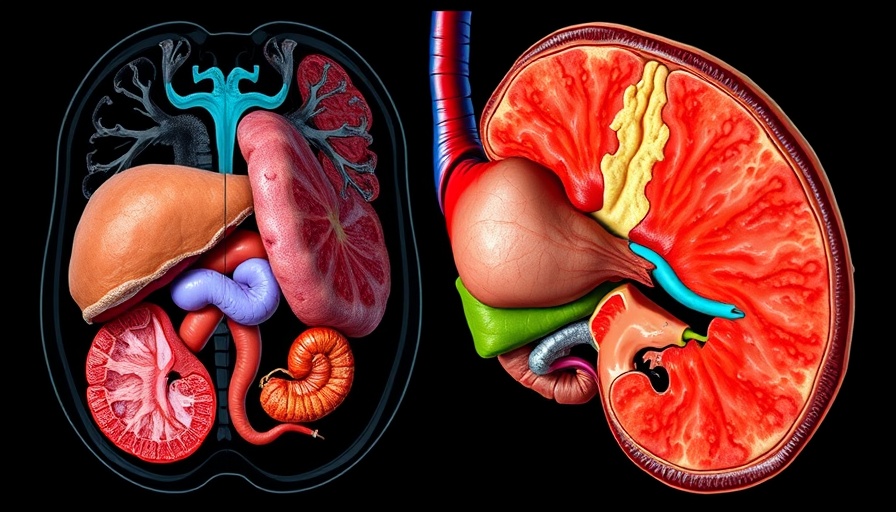
Three-parent babies: a breakthrough in mitochondrial disease
Eight babies have been born in the UK using genetic material from three individuals, marking a monumental leap in the quest to eradicate hereditary diseases. This innovative method combines DNA from a mother, a father, and a female donor. It has been legal for ten years, yet only recently have we seen tangible results—children born free from the grips of mitochondrial disease, a condition that can hold a baby’s vibrant future hostage.
The harsh reality of mitochondrial disease
Mitochondrial diseases are severe, often fatal conditions that impact vital cellular functions. It affects around one in 5,000 newborns, leading to insurmountable challenges for families—it’s a brutal burden. Symptoms include muscle weakness, organ failure, and in the worst cases, early death. Families aware of the disease’s dark legacy may have already witnessed the tragic toll it can take, compelling them to seek alternative methods to ensure the health of their offspring.
How the three-person technique works
Using this three-parent technique, couples can circumvent the transmission of defective mitochondria by incorporating healthy mitochondria from a donor egg. The resulting child inherits 99.9% of their DNA from the biological parents, making them genetically theirs, yet they reap the benefits of a donor’s healthy cellular energy producers. You might think of it as a genetic repair mechanism—altering a child's future in ways that were once unimaginable.
Emotional testimonies and societal implications
Some parents have shared their joy through anonymous statements. One mother expressed heartfelt gratitude: "After years of uncertainty, this treatment gave us hope—and then it gave us our baby." These testimonies are not just narratives; they reveal a deeper emotional connection to life transformed from despair into hope. Children represent not only the continuation of familial heritage but also the priceless gift of health and vitality.
The ethics of genetic intervention
Yet, this advancement isn’t devoid of controversy. Can we ethically manipulate life at such a fundamental level? Critics raise alarm bells over the implications of genetic engineering. What are the risks, both known and unforeseen? There’s a fine line between alleviating suffering and stepping into uncharted territory. These striking stories compel us to question what we’re willing to gamble for the sake of progress.
Looking toward the future of genetic science
The Newcastle Fertility Centre anticipates a steady demand for this technique, with about 20 to 30 babies predicted to be born each year through this innovative approach. The implications go beyond just mitochondrial diseases; potential applications of genetic techniques could range from preventing various hereditary conditions to enhancing human health overall. What innovations await just beyond the horizon? This could be a game changer in global health.
What this means for Leicestershire families
For health-conscious people in Leicestershire, the ability to prevent hereditary diseases through advanced genetic techniques offers a beacon of hope. Families grappling with the potential risk of mitochondrial disease now have access to a solution that could prevent suffering and transform lives. It’s a message of resilience in the face of despair, a revolutionary step towards constructing a healthier future.
With everything on the line for families, it’s imperative that we stay informed about these advancements. Parents must actively engage in discussions surrounding genetic health. As this field evolves, so too should our understanding. To navigate these nuanced waters effectively, families are encouraged to consult health professionals and stay up-to-date on breakthroughs in genetic research.
 Add Row
Add Row  Add
Add 




Write A Comment